reportSchool Health Programs and Research (Reports)
Introduction to Our Activities
Republic of Kenya: Schoolchildren Support Project to Create Healthy Communities, 2014 Report
For two and a half months from August 6 to October 25, 2014, I was in the Mbita District of the Republic of Kenya to serve as an assistant coordinator for a grassroots program entitled “Schoolchildren Support Project to Create Healthy Communities,” which was being conducted by Nagasaki University.
In Japan, it is the school nurse who is in charge of children’s health and hygiene. However, a glance around the world shows that it is rare to find a country where there is a school nurse at every school such as in Japan. So, who is to look after the health of children at school? Even with the lack of such full-time staff, a comprehensive school health system is what introduces such a practice so that the health and hygiene of schoolchildren is watched.
 In Kenya as well, there is the Kenya Comprehensive School Health Program, which was jointly created by the Kenyan Ministry of Health and JICA. This school support project has constructed a framework for implementing school health programs, introduced height and weight measuring, improved toilets and water tanks, as well as introduced health education and school health clubs at approximately 100 schools in Mbita District in accordance with program guidelines. The term of this project is five years, and this year is the project’s third year.
In Kenya as well, there is the Kenya Comprehensive School Health Program, which was jointly created by the Kenyan Ministry of Health and JICA. This school support project has constructed a framework for implementing school health programs, introduced height and weight measuring, improved toilets and water tanks, as well as introduced health education and school health clubs at approximately 100 schools in Mbita District in accordance with program guidelines. The term of this project is five years, and this year is the project’s third year.
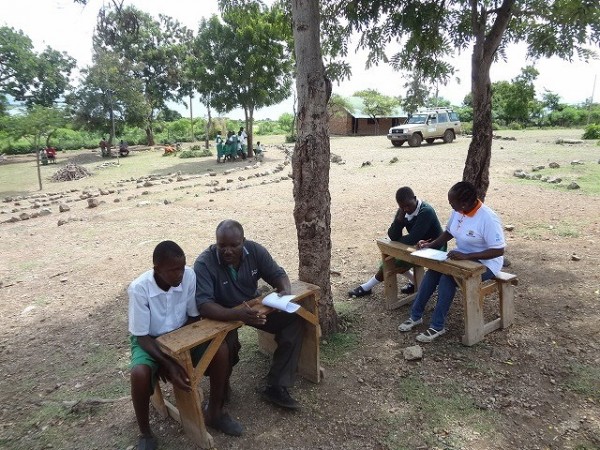 The implementation cycle of the Comprehensive School Health Program calls for conducting school health assessments using evaluation charts, analyzing the results, providing feedback, preparing the following year’s action plan, holding award ceremonies and implementing action plans.
The implementation cycle of the Comprehensive School Health Program calls for conducting school health assessments using evaluation charts, analyzing the results, providing feedback, preparing the following year’s action plan, holding award ceremonies and implementing action plans.
During the period when I was posted to assist with the project, the main activities carried out were analyzing school health assessments, providing feedback, preparing action plans, sharing the results, and holding award ceremonies to improve motivation.
Assessments were conducted for the second time that year. The scores were compared with those of the first year, and based on this standard, 24 schools were selected with 10 receiving gold awards, 13 silver awards and one a bronze award. Workshops were held because these assessment results were shared with teams from the Mbita District Health and Education Bureaus, which conducted the assessments. During the workshops, participants voiced their opinions and assessment items were reviewed and updated, which were not appropriate when the surveys were conducted. Even as situations differ by region and school, revisions will be made in the future so that the assessment charts are as suitable as possible.
The number of schools participating in this assessment was 98. A five-day workshop was held to provide feedback on the assessment results and formulate improvements measures for schools with low scores. The participants also prepared action plans which incorporated these items into their plans for the coming year. I was in charge of data analysis, coordination and administration for these workshops.
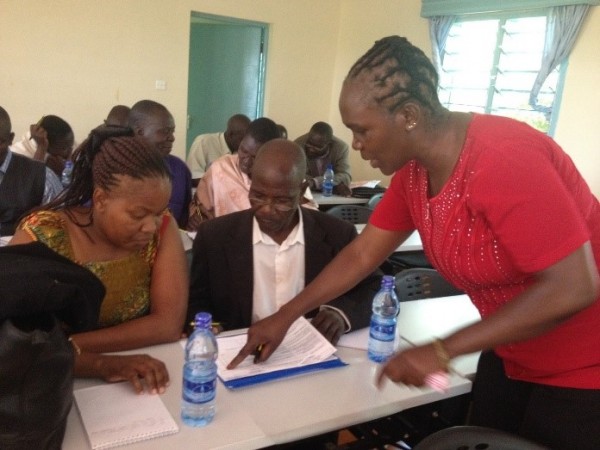
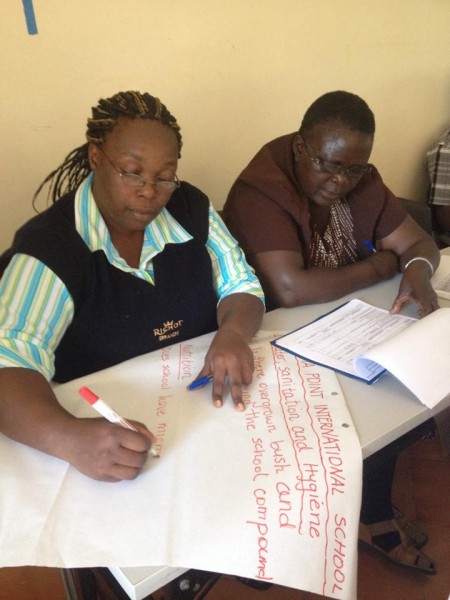
On September 23, the first school health awards ceremony was held. Because it was essential to involve as many people as possible to indicate the importance of school health, officials from the national, provincial and district levels as well as school officials and community residents were invited. In order to request the participation of these people, we spent many hours traveling with local staff over rough roads starting early in the morning, something I will never forget. We also set up large billboards long main roads in cities to communicate the ceremony date announcement to community residents.
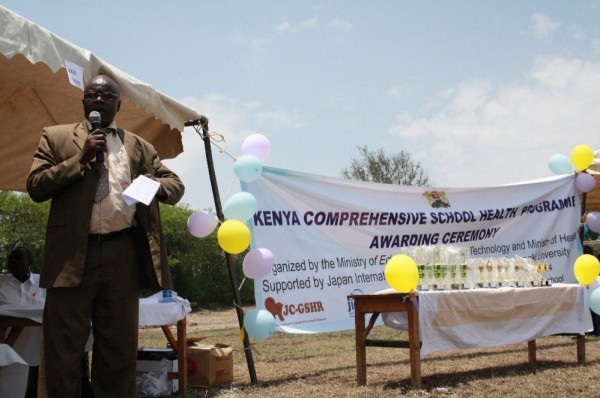
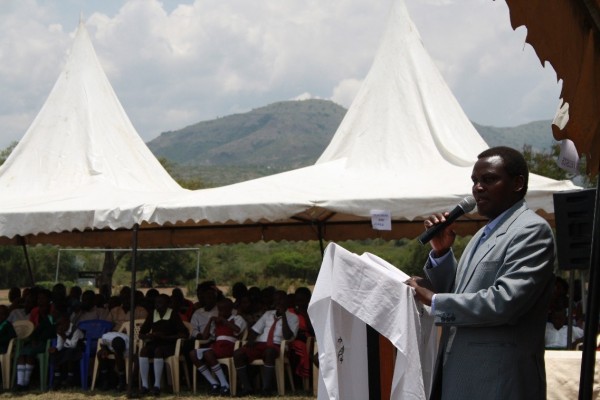
On the day of the ceremony, 735 people participated. People came from many far-flung areas to make the award ceremony the biggest event in town.

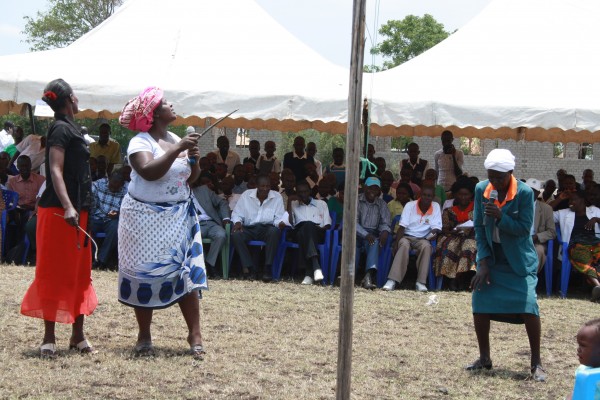

The next goal is to have the system take root locally. While building a cooperative structure with local officials, programs will move forward to protect the health and hygiene of schoolchildren together with the smiles of children from this year as well.
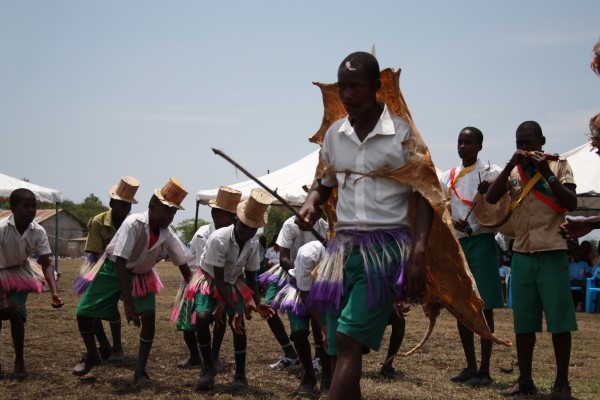
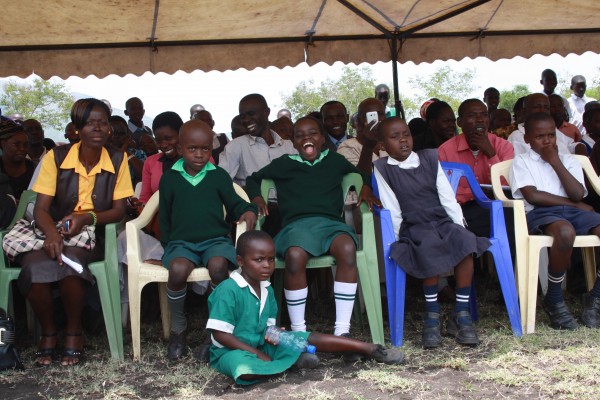
First-year doctoral candidate Yuka Maekawa
















